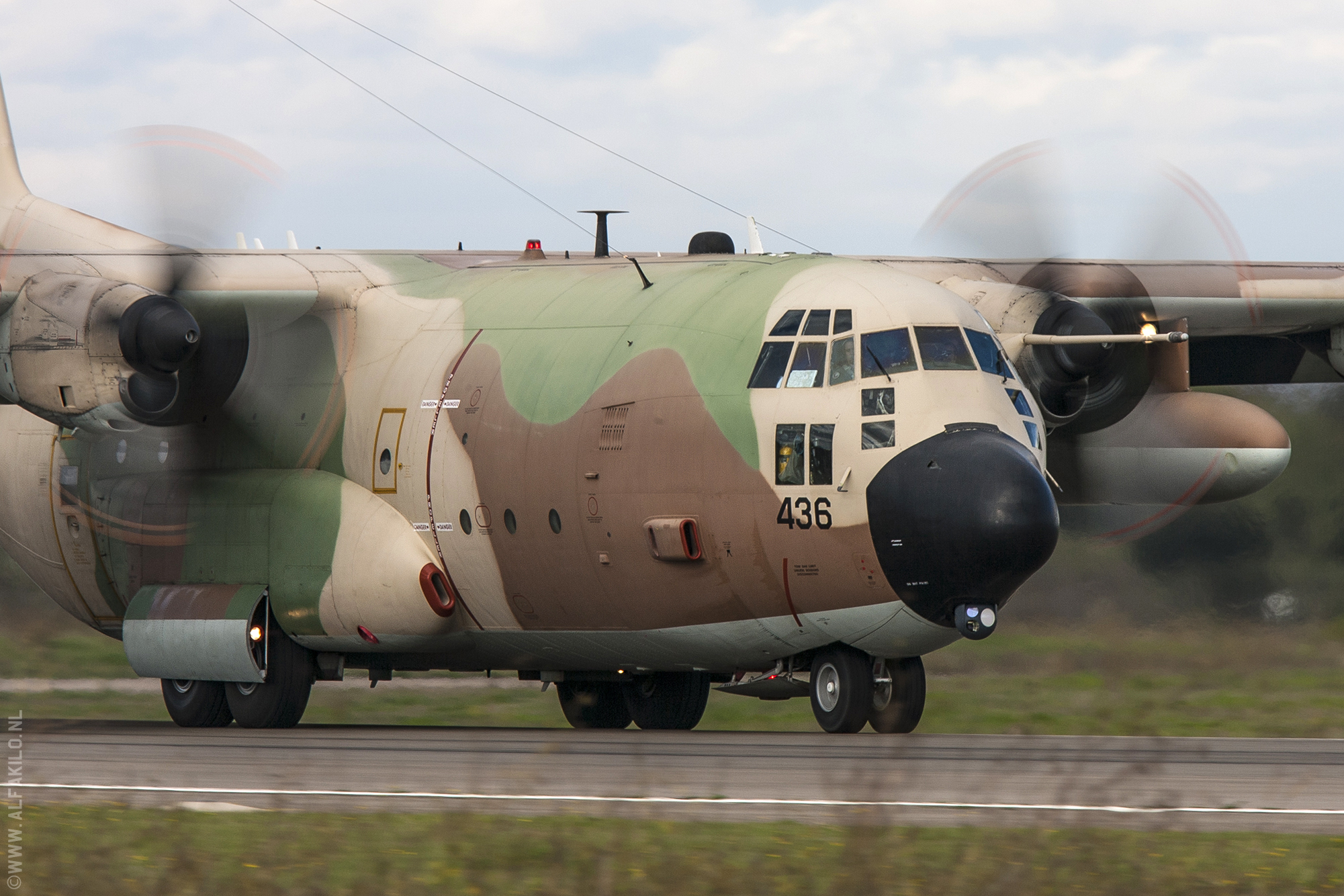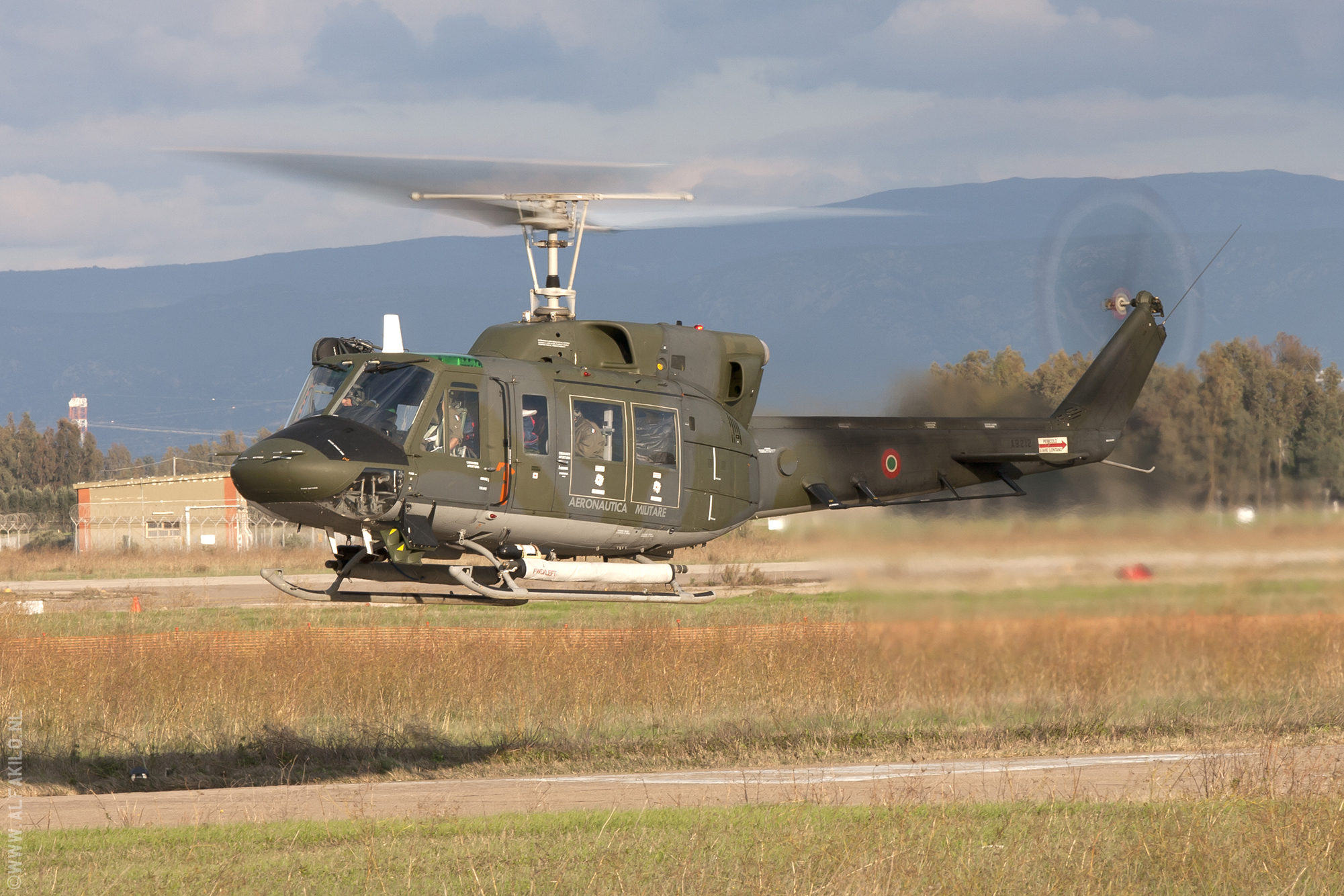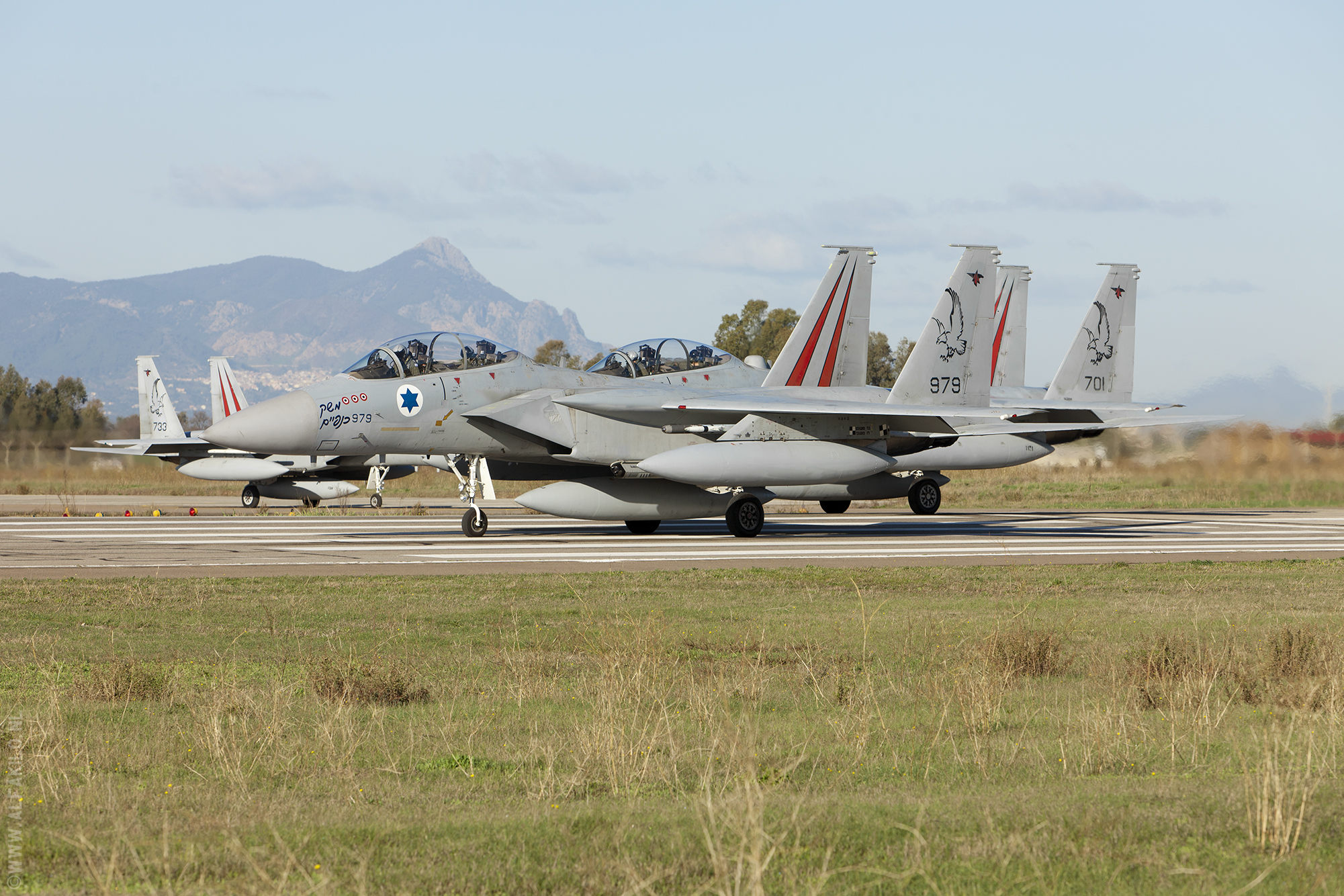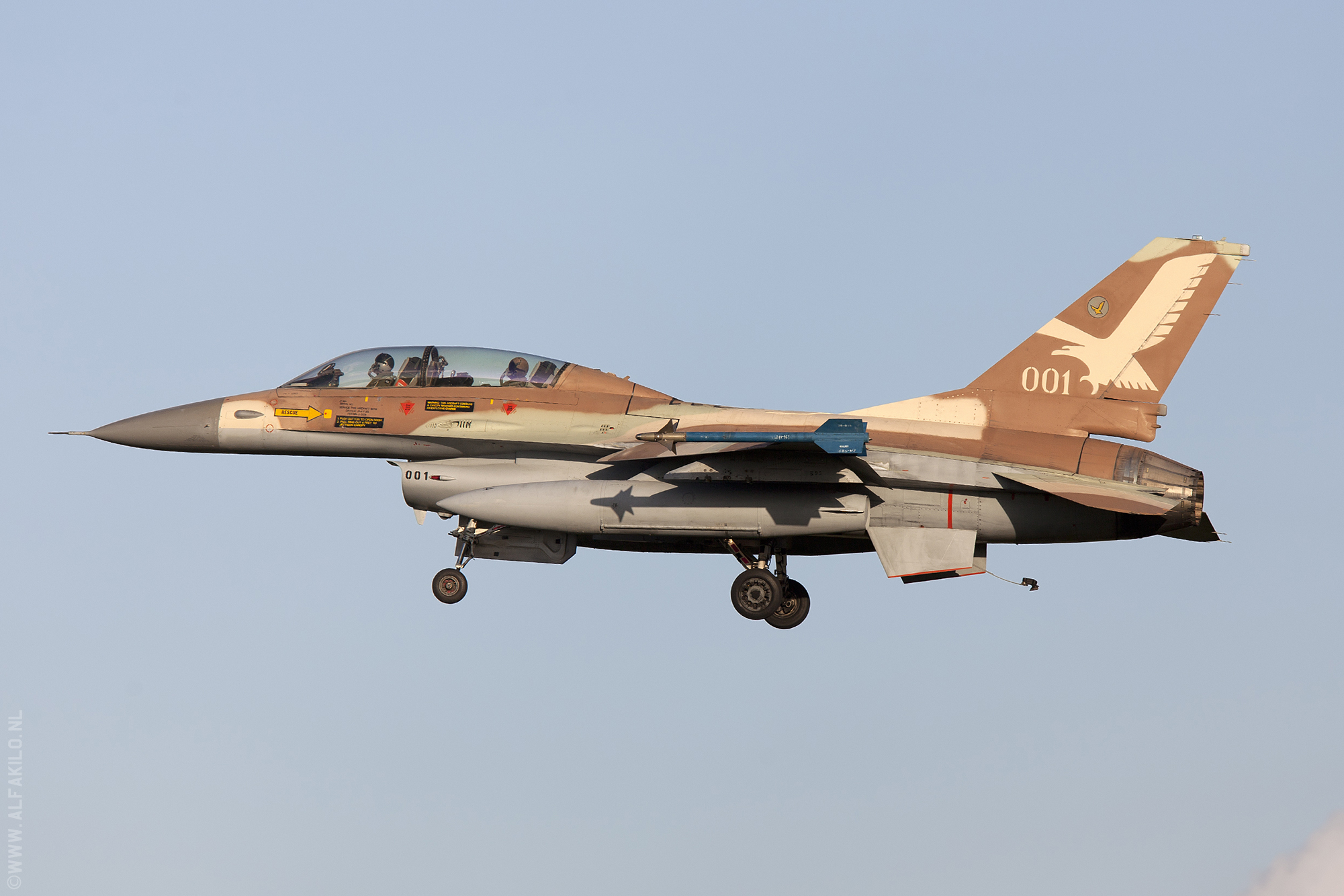ALFAKILO.NL
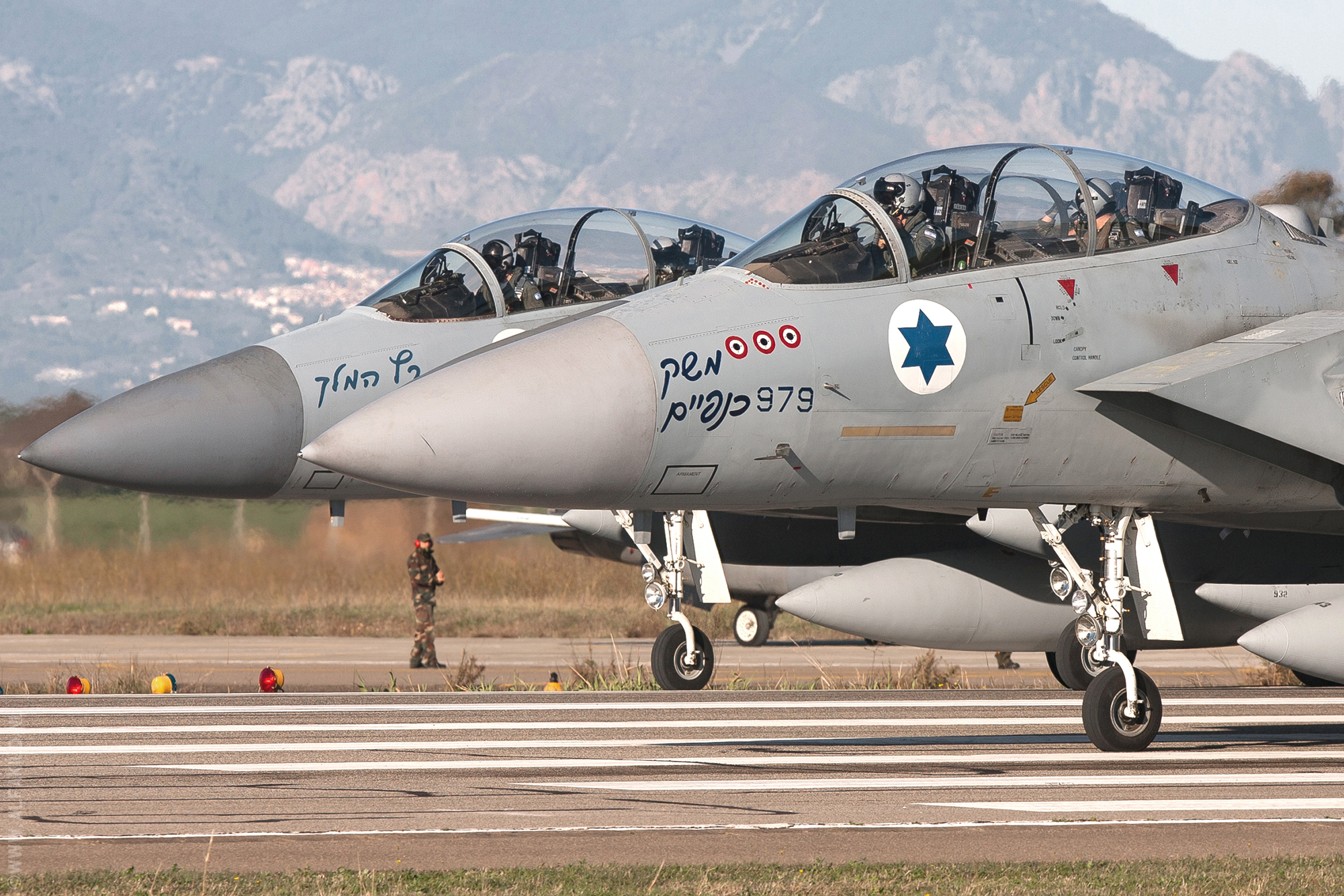
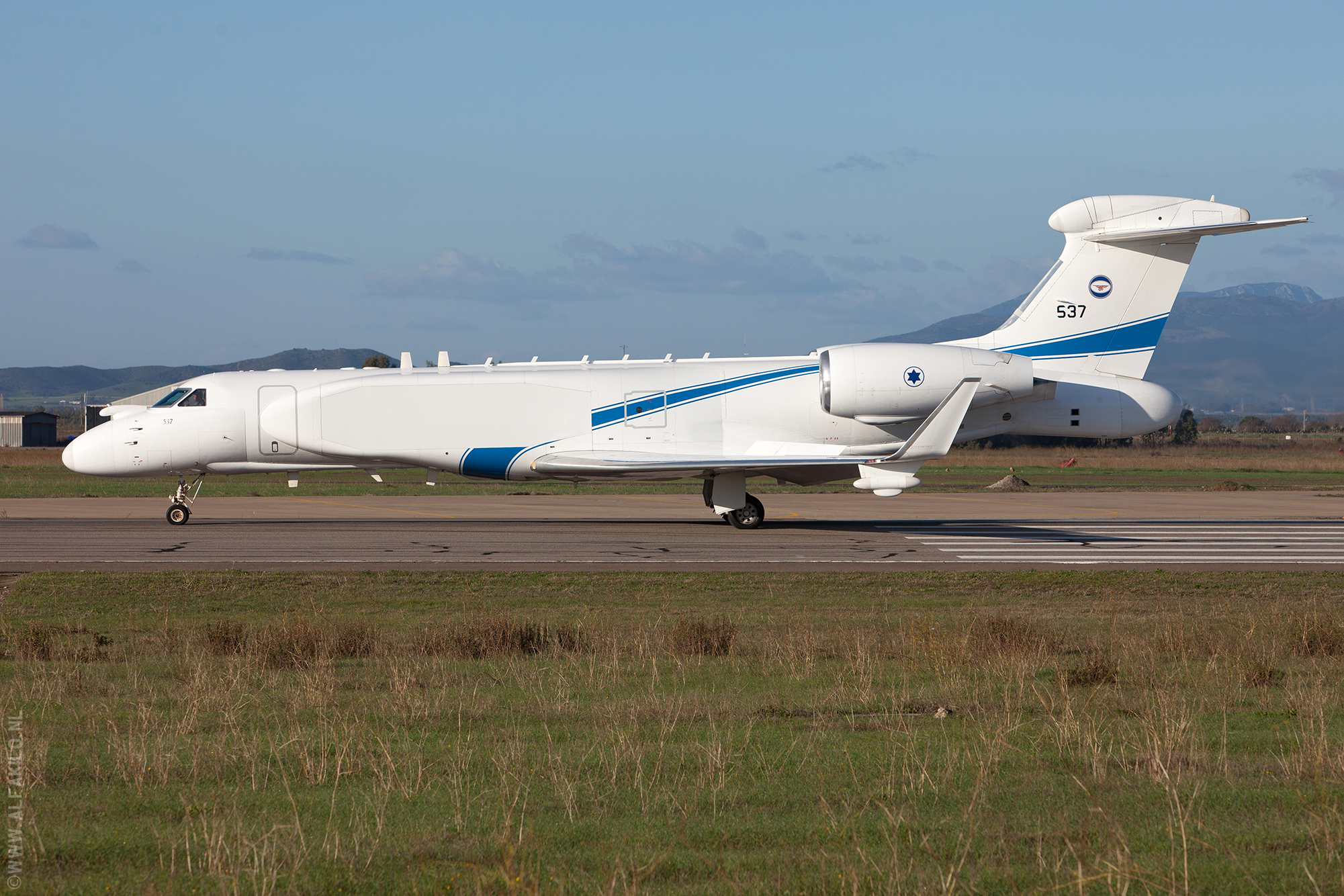
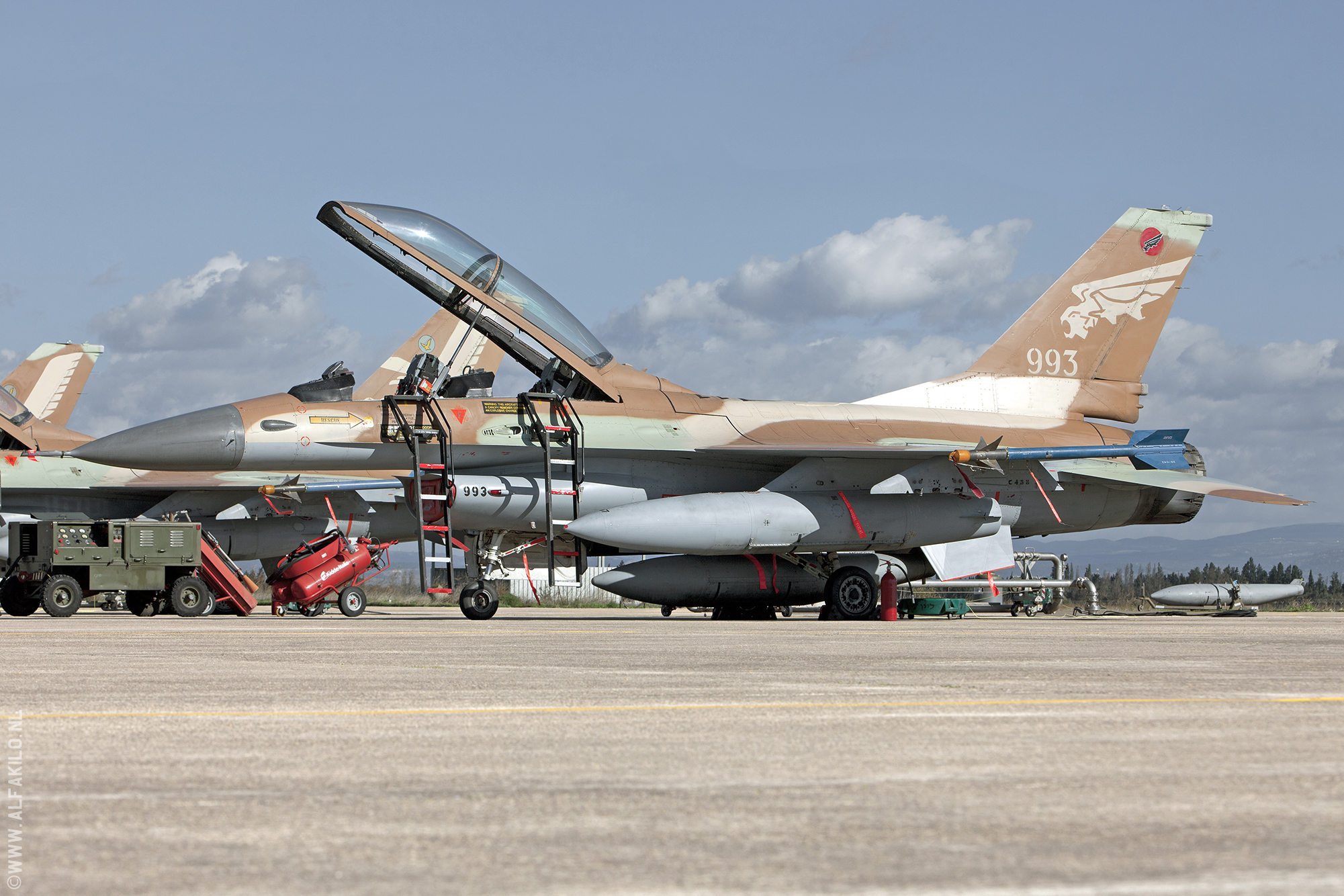
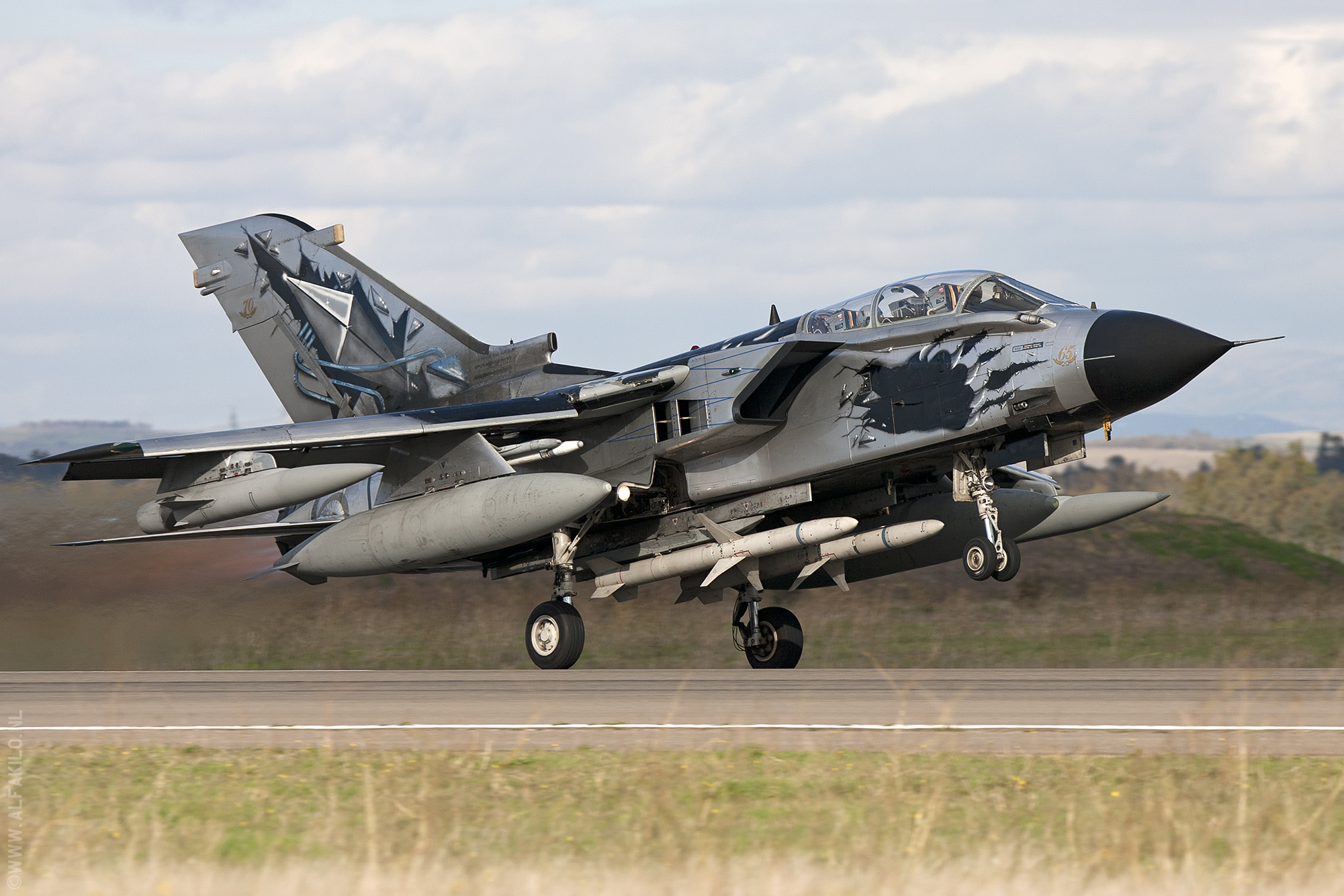
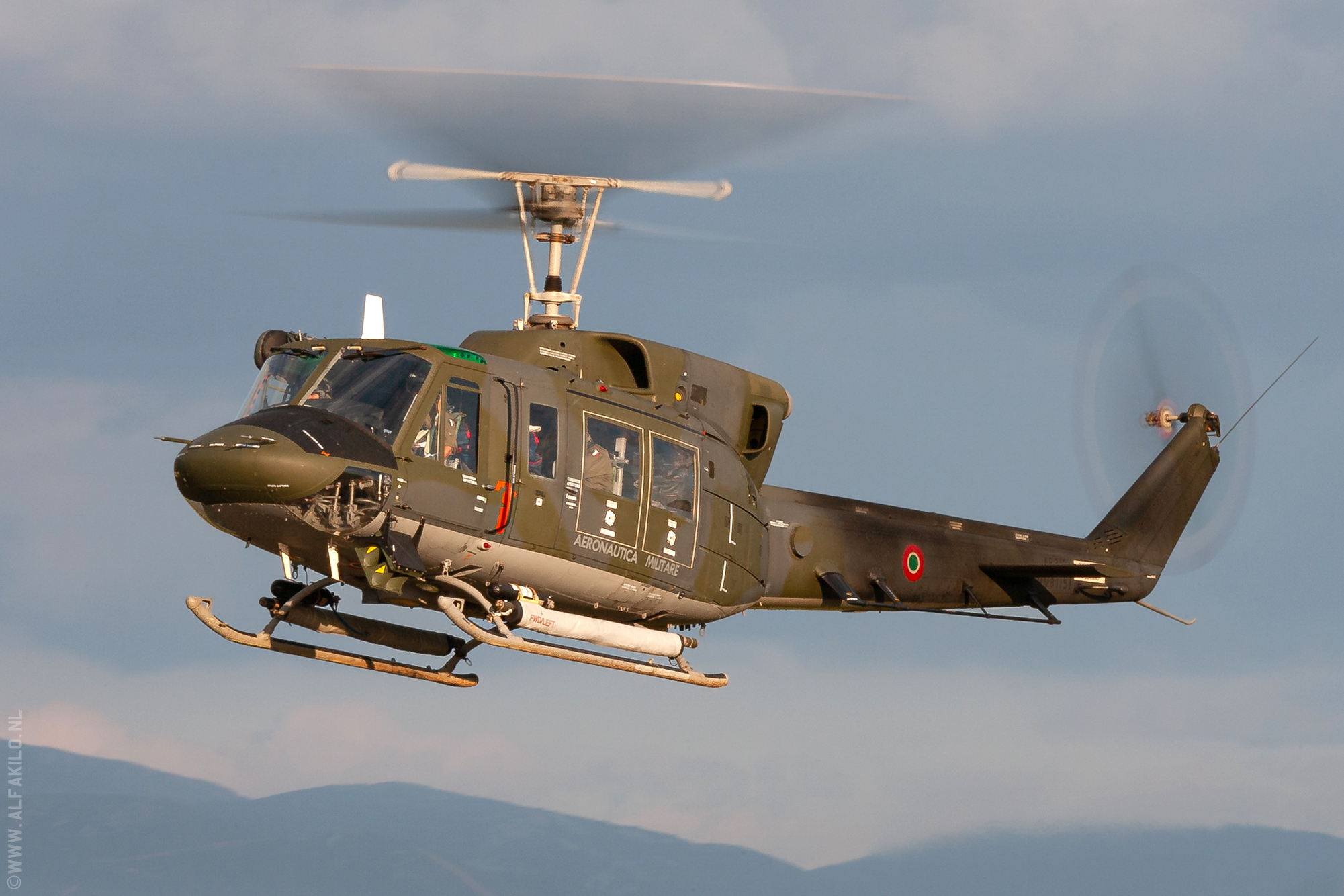
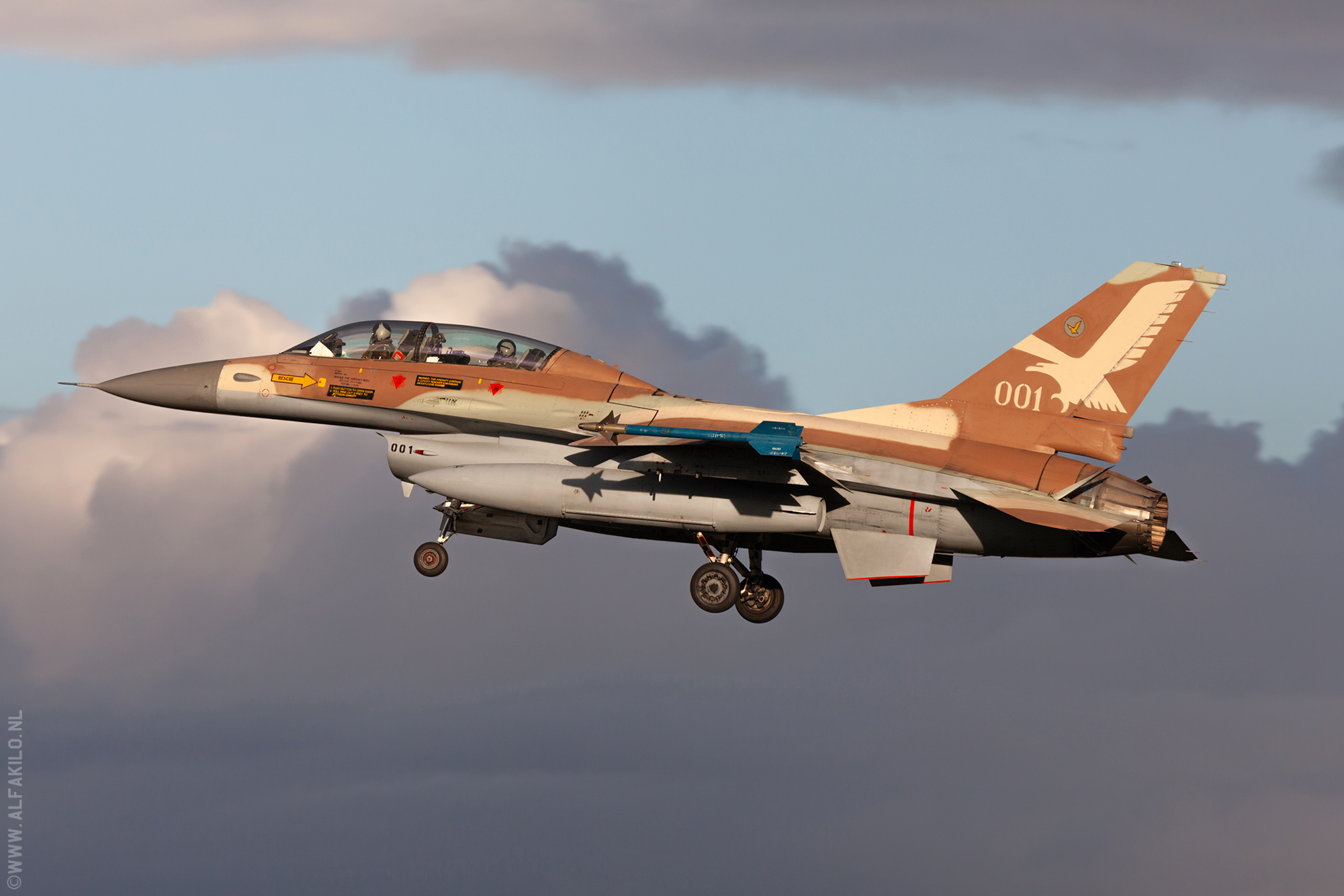
Tyrrhenian Warfare at decimomannu Exercise "Vega"
By Frank Noort & Marcel Bos
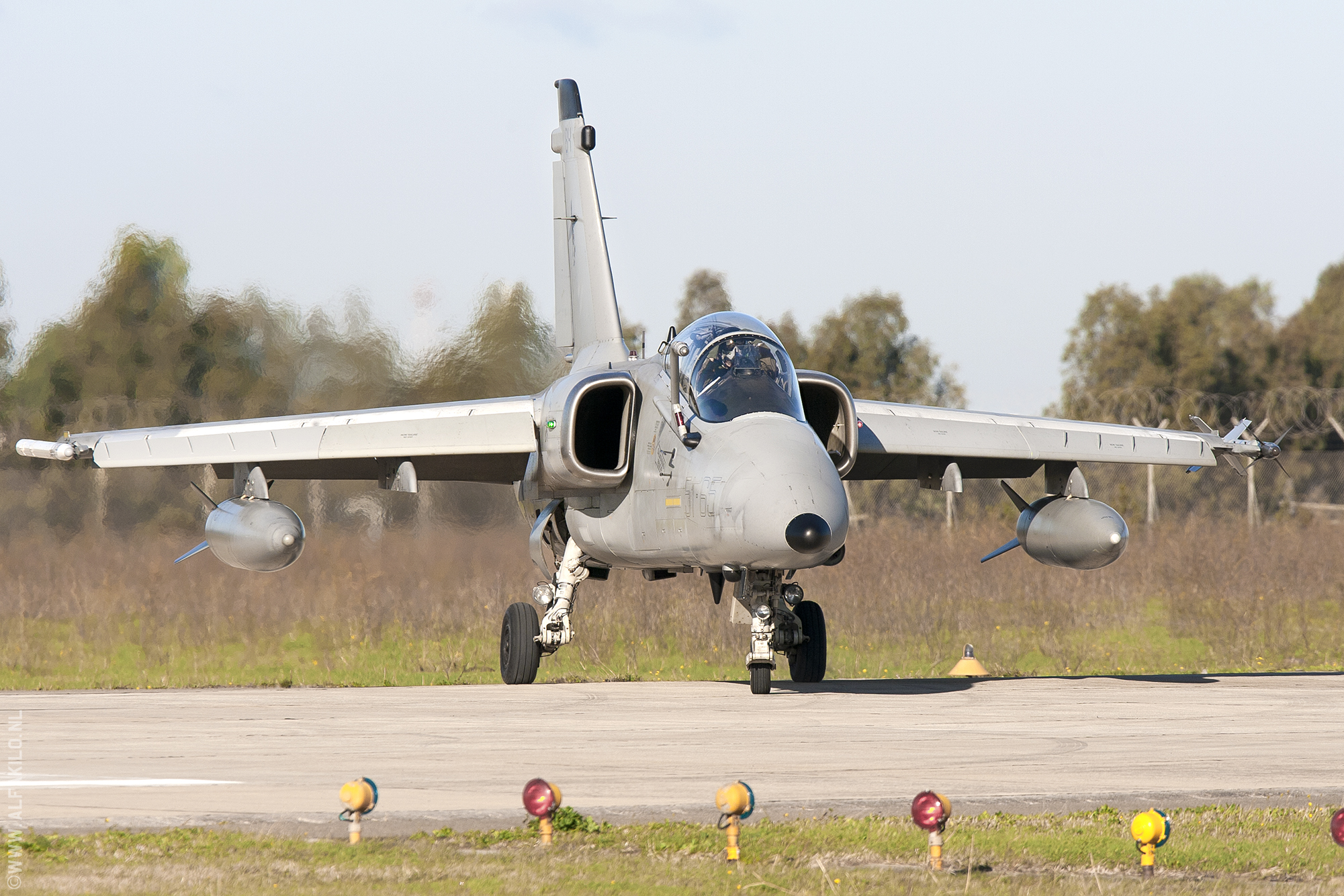
November 2010 – Vega, a combined Italian/Israeli exercise was held at Decimomannu Airbase, on the Italian island of Sardinia. This was yet another combined exercise involving the Italian (Aeronautica Militare /AMI) and Israeli Air force (Heyl Ha ’Avir / IAF). Following the success of previous exercises like Trinax and Starex, the IAF was invited once again to practice air to air and air to ground combat at this Italian Island, using the vast airspace over the Tyrrhenian Sea and the northerly positioned ranges of Sardinia. It was during Trinax 2008 when the IAF participated with no less then ten F-16C/D Barak fighters and thirteen months later during they deployed to Starex 2009 with F-15I “Ra’am” and F-16I “Sufa” fighters. Other participants of Trinax and Starex exercises, like Italy and Germany, flew F-4 Phantom, AMX, Tornado and Typhoon fighters. Besides these exercises the IAF was training in Turkey on regular base over the past years. This all under the Anatolian Eagle and bilateral cooperation training agreement which Israel and Turkey established over the past years. However this cooperation was ceased this year under heavy government pressure, leaving Israeli participation in the future unsure.
Air Combat Maneuvering Instrumentation – Decimomannu is one of the few airbases that has ACMI (Air Combat Maneuvering Instrumentation) and has a flight range nearby. The ACMI system will record the aircraft’s in-flight data, while each participant would be equipped with the Italian/Israeli designed FBR tracking pod. All data is collected at the ACMI bunker, and visualized on computer systems, two beamers create a clear and real-time warfare overview. One shows the cockpit instrumentation of a selected aircraft, a graphical view of the aircraft itself showing its heading, speed and flying direction. The other projects a VFR map of the area with all aircraft flying in the target area.
Vega 2010 – The Israeli detachment arrived, supported by three C-130 Hercules transporters, at the 15th of November for a two week stay at Decimomannu. The airbase welcomed five F-15D “Baz” and five F-16B “Netz” fighters, next to this hardware the Israeli deployed their own Early Warning & Control aircraft, the Gulfstream 550 “Nanchshon Eitam”. This marked the first overseas deployment since this type was introduced in September 2006.
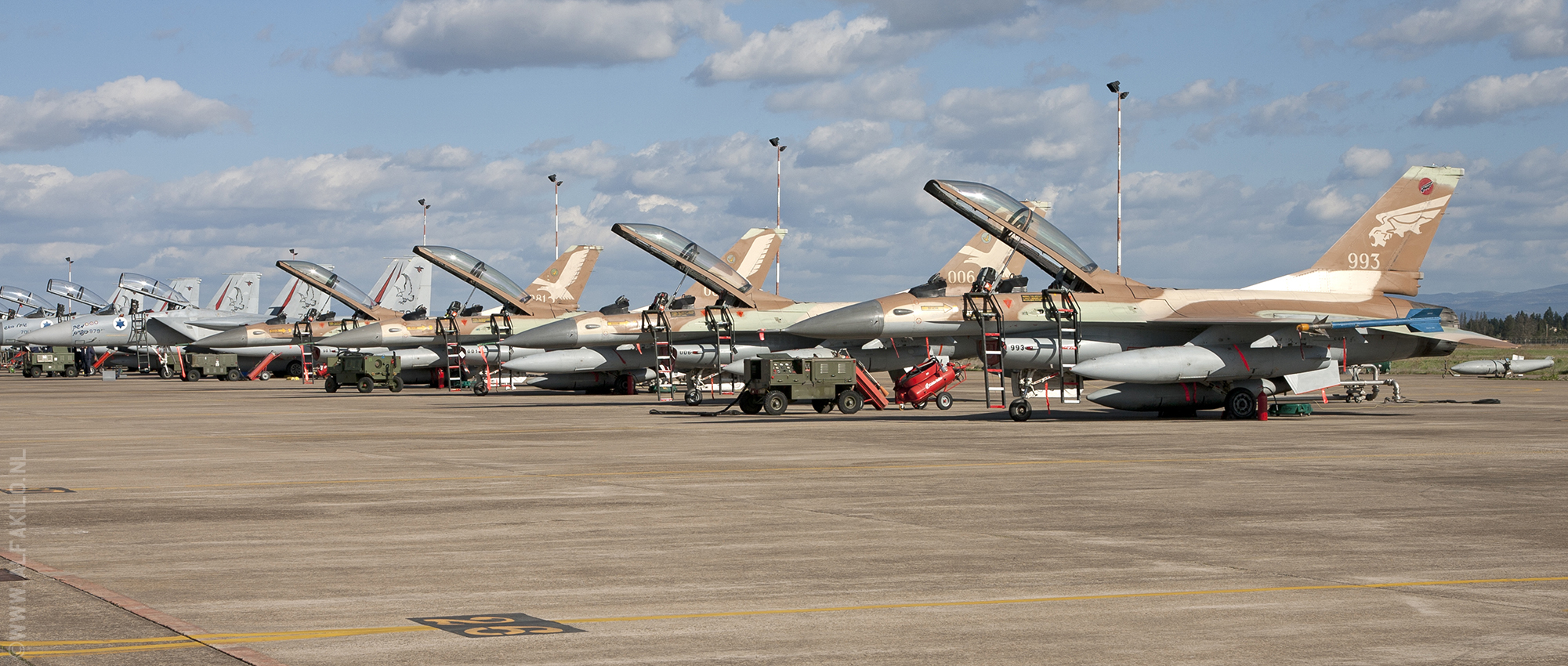
In the AMCI mission centre the 60 square miles AMCI range was clearly visualized, it showed the red forces with their aircraft and call-signs. The total force consisted some 37 aircraft, which are more than enough to perform complicated missions with combined air-to-air and air-to-ground scenarios. A typical scenario would see a defending blue force while the attacking red force consisted out of Italian F-16 together with CAP (combat air patrol) flying Typhoon, using call signs Stingray and Cougar respectively.
In the ACMI mission centre, it was clear to see how Blue force Tornado, flying as Axe flight attacked enemy SAM installations at one of the Sardinian ranges. Simultaneously the Israeli F-15 and F-16 using Knife & Cannon call signs traced and attacked the red force intruders and soon they were engaged in a serious dogfight. The Israeli F-15 and F-16 were “on” to their Italian counterparts flying the Typhoon and F-16 and gave them quite a hard time. Meanwhile two pairs of AMX and an AB.212 (Ripper flight) preformed CSAR missions to rescue possible downed pilots. Both parties were supported by airborne radar aircraft; the Israeli Gulfstream lead the red forces on their targets while a Trapani based NATO E-3A, call sign Magic, supported the Blue Force. On demand of the exercise director, the airborne radar scenarios and roles could be changed with each mission. After one and a half hour the mission ended, as neither Israel nor Italy did not bring air-to-air refueling capacity for this exercise. During the two-week exercise, two missions were flown on a daily basis.
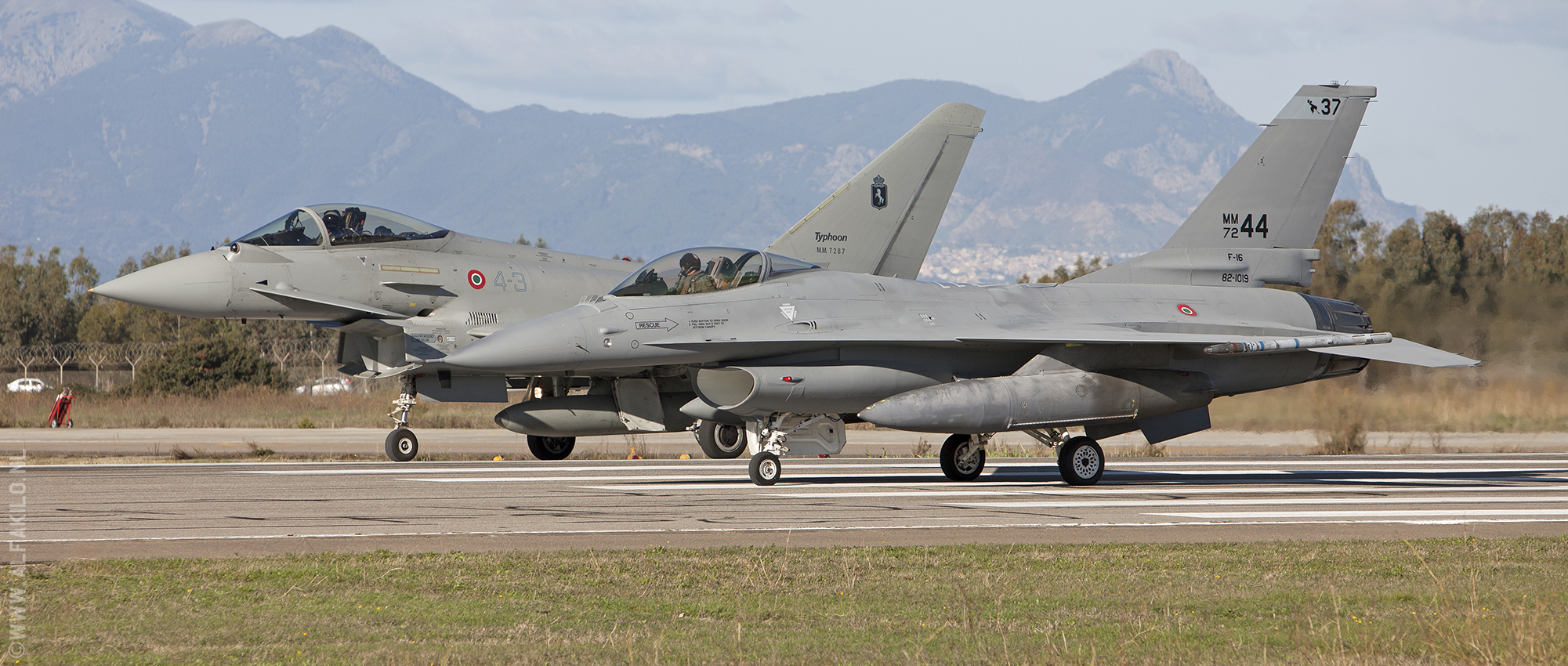
According to Lt. Col A., “The Golden Eagle” squadron leader, International deployments are essential for the IAF to maintain pilot skills in extended range operation. “This includes changing weather conditions, fly over unfamiliar areas at low altitude over the vast uninhibited areas of the island, perform precision navigation flights and practice cooperation with foreign NATO elements as part of coalition operations”. The area of the exercise was wide and completely unknown”, said Col. A. “When I fly in Israel, I know where to be careful, where the hills below me are, and where I am at every moment. The air space for training in Israel is very small compared to the training areas here, which are more or less the size of the entire state of Israel. Here the area is completely foreign to me, I don’t recognize anything. Here there are many elements of pressure and uncertainty, things that are very difficult to imagine in Israel because the terrain is so well known”
Israeli and Italian air force officials stated that the international training program will incorporate more air forces in the future, and that the Italian Air Force plans to deploy aircraft on training missions to Israel in the near future. “The exercise was yet another successful cooperation between the two nations, no doubt this will be repeated in the near future”.
